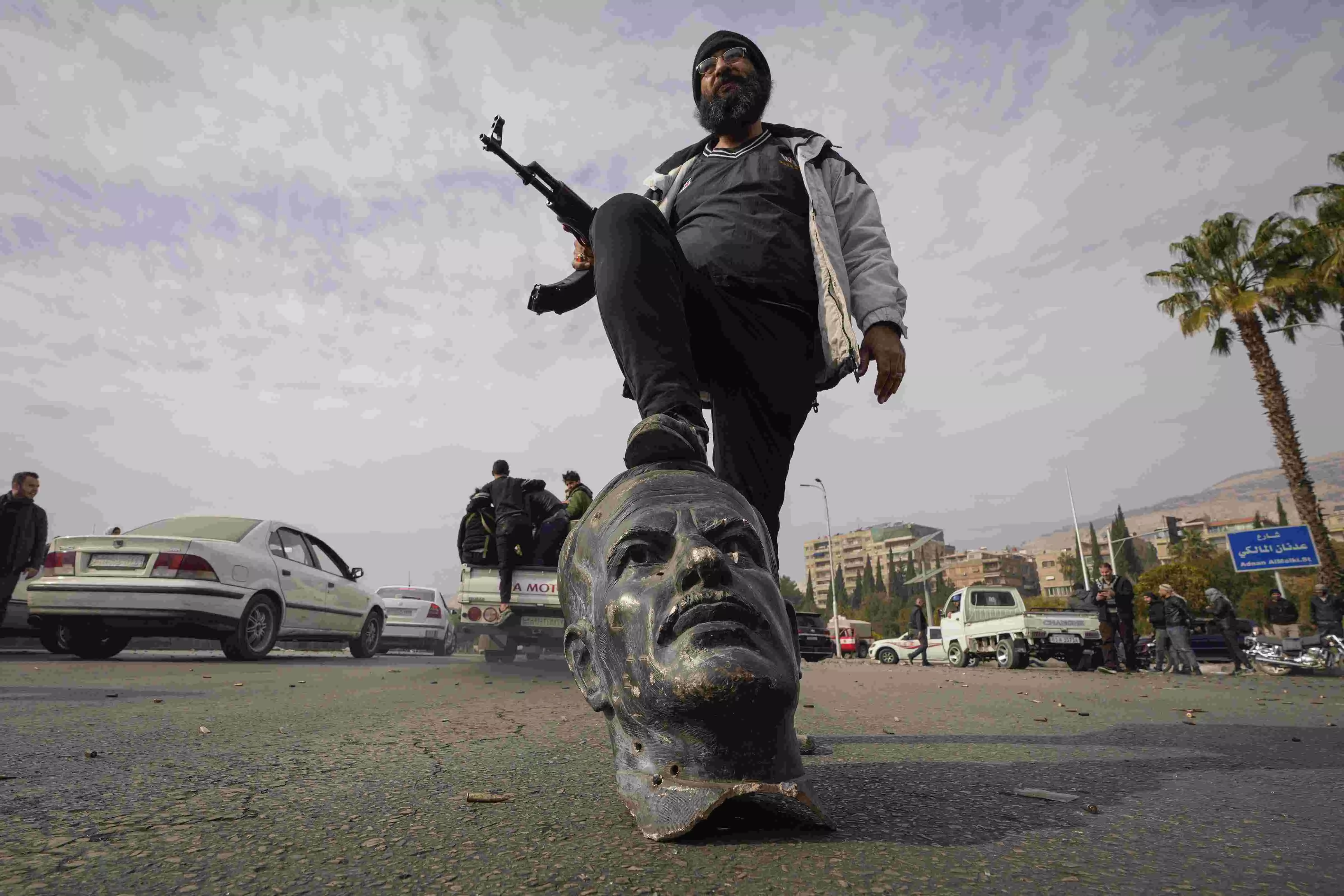Hopeful yet perilous

December 8, 2024, may go down in history as the day Syria’s Assad regime finally fell. After 24 years in power, President Bashar al-Assad has fled Damascus, leaving behind a nation in chaos. Rebel forces’ swift advances—culminating in the capture of the capital—have brought an end to an era marked by repression, war, and immense suffering. While many Syrians are celebrating the dictator’s fall, the country faces an uncertain and challenging future.
The turning point in this saga was the fall of Homs. Once a hub of resistance and later a symbol of destruction, the city was reclaimed by rebel forces in a decisive campaign. For years, Homs endured brutal sieges. Its streets have been reduced to rubble; its people starved into submission. The city’s ‘liberation’, prima facie, appears to be a powerful symbol of hope for Syrians who have endured the regime’s cruelty. In Damascus, scenes of celebration erupted as thousands poured into the streets, chanting for freedom and dismantling symbols of Assad’s rule. Rural communities, who were long silenced by fear, are now reclaiming their voices. They are holding protests against the Assad dynasty. However, amid the jubilation, there’s a palpable sense of unease. The coalition that has been at the forefront of the rebellion, Hayat Tahrir al-Sham (HTS), has sparked hope as well as concern. Once linked to al-Qaeda, HTS has rebranded itself to a great extent. Still considered a terrorist organisation by some countries and blocs, the group has promised inclusivity and respect for minorities. Its leader, Abu Mohammed al-Golani, has reassured Syrians and the world that there will be no reprisals. However, scepticism runs deep. HTS’ history of extremism casts doubt on whether its transformation is genuine or merely tactical.
Obviously, the fall of Assad is reverberating beyond Syria. For Iran, Assad was a linchpin in its regional influence. His regime’s collapse deals a heavy blow to Tehran, and Hezbollah, its Lebanese ally, has already withdrawn its fighters. Russia, another key supporter, is too entangled in its war in Ukraine to intervene meaningfully—signalling a decline in its Middle Eastern leverage. Meanwhile, Turkey has maneuvered strategically, supporting the rebels while curbing Kurdish ambitions for autonomy. It seems to have positioned itself as a pivotal player in Syria’s future.
For ordinary Syrians, however, regional power struggles are secondary to their immediate needs. The fall of Assad has brought a sense of ‘liberation’, but it also opens the door to potential infighting, sectarian violence, and extremist Islamic rule. Syria remains deeply fractured, with various groups controlling different regions. Rebuilding the nation will require infrastructure repair along with efforts to heal profound societal divisions. The international community must not turn a blind eye at this juncture. Syria’s recovery depends on financial aid, humanitarian assistance, and diplomatic engagement to ensure that this fragile moment of hope doesn’t spiral into chaos. The world’s indifference has already come at a staggering cost—over 500,000 lives have been lost and millions displaced since the civil war began as a peaceful uprising in 2011. As Syrians celebrate the end of Assad’s rule, they face an uncertain future. Will this moment mark the start of genuine recovery or a new phase of instability? The road ahead is daunting, but it is also filled with the possibility of rebuilding a freer, more inclusive Syria. For the Syrian people, the journey forward is as hopeful as it is perilous.



